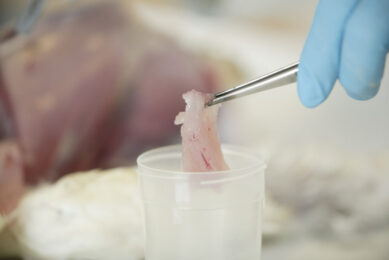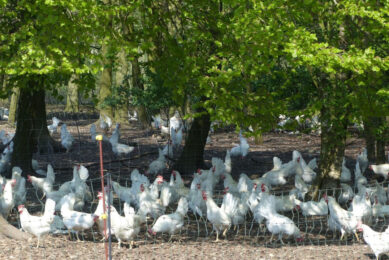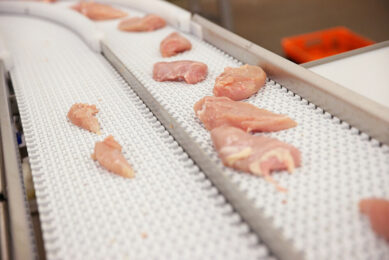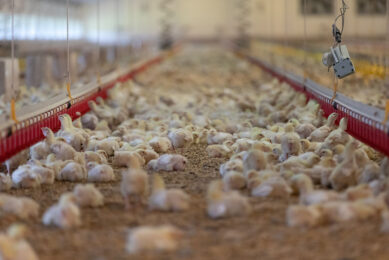Data, analytics and evidence-based decisions are key
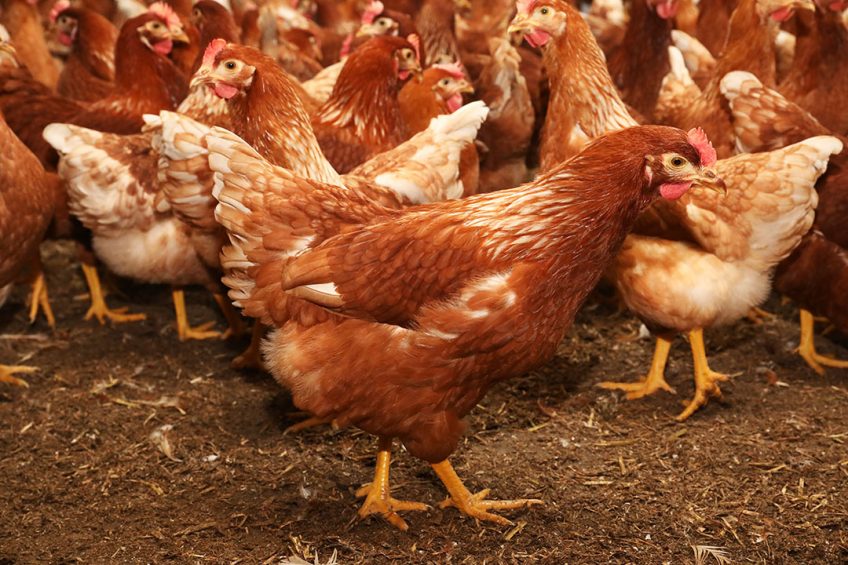
Mick Keyes, chief technology officer at Poultry Sense, discusses why aligned data throughout the supply chain, which can be readily analysed and interpreted, is going to be key as consumers demand greater visibility from the sector.
UK poultry consumption continues to rise with associated production up by 2.2% compared to this time last year. However, it is arguably a sector that needs greater visibility, with retailers and processors under increasing pressure from consumers for this to happen. Rightly so, consumers want to understand where their food comes from, how it is produced, and the environmental impact of production. But to achieve this, aligned data throughout the supply chain – that can be readily analysed and interpreted – is going to be key.
The poultry food supply chain is one of the more complex logistical processes with many touchpoints required, from bird production to consumer purchase. However, welcoming increasingly accurate sensing technologies, coupled with the use of blockchain technology, into supply chain logistics will enable digital information (that cannot be modified) to be recorded from farm to fork. ‘Data is king’ but currently the data available in the poultry industry is not being used to its full potential. Elements of the supply chain lack integration, making it difficult to collate and analyse data accurately and efficiently.
 Vaccine efficiency is key in poultry production
Vaccine efficiency is key in poultry production
Vaccination, an 11 letter word. Larger than many, however, it is a huge subject and justifies its size, given its necessity.
However, with advances in technology, such as wireless sensors and secure IOT platform-based software, it has never been easier to collate targeted, optimised, highly accurate performance data so that flocks and producers can be benchmarked against others. It is this type of technology that will allow the poultry industry to take the next step forward and achieve the full supply chain visibility and traceability that consumers are crying out for. In addition, poultry vets, nutritionists and advisers can interpret and understand the physical meaning of the data and analytics produced, so evidence-based decisions can be made on bird health, welfare and performance, which ultimately benefits the rest of the supply chain.
 Poultry production experts talk
Poultry production experts talk
Click here to read more expert opinions on poultry production.
For processors and retailers, a reliable data set means supply and demand predictive modelling can take place on many components, including feed requirements, bird quantities and sizes. This will allow processors to know when, where and how they can meet retailer demand as efficiently as possible. The current lack of integration makes it difficult for consumers to see how poultry is produced, but is something that must be resolved for the industry to continue to move forward and increase consumer confidence.




